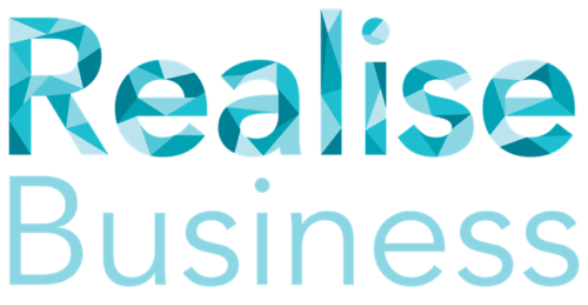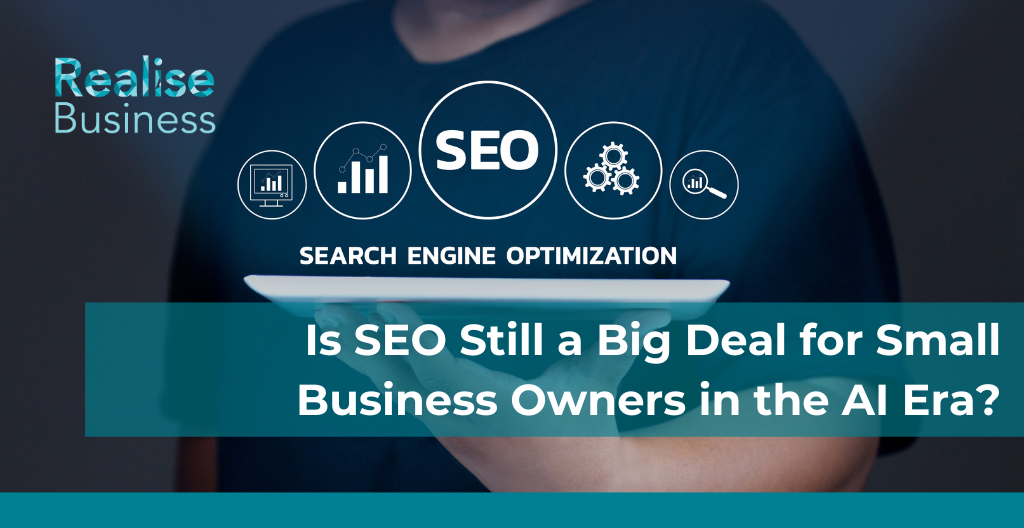How old is your website? When you first developed and designed it did you really know what you were doing? Did you create it knowing that you needed to be online but not really knowing or understanding why? The first small business websites were appearing in the late 1990’s and the earliest website went live in 1991, made by Tim Berners-Lee and looked like this:
http://info.cern.ch/hypertext/WWW/TheProject.html
We have come a long way from the early websites that were really just online brochures and repositories of information. Our websites today, while beautifully designed, sit there on the world wide web looking lovely, but are they doing their job?
Many ‘custom-designed’ small business websites are great for brand building in that they increase the trust and confidence of visitors to your website. Good design is important, and there are many to pick from, but where you need to focus your effort is ensuring your website works for you. You have probably worked out that websites are not a ‘build it and they will come’ thing. You need to understand how you want it to assist you in your business success and have clear site objectives in order to achieve the results you want.
The goal of our website is to: (some or all of these may apply to your website)
- Engage prospects and generate leads
- Help close sales by providing information
- Provide customer support
- Provide an online estimate
- Make getting in touch easier – who to contact for what
As a business advisor, I am regularly speaking with business owners that have spent thousands of dollars on search engine optimization (SEO) strategies, Google Adwords, Paid Search and Pay-Per-Click – and see minimal results for their marketing investment. Often the reason Paid Search does not provide the anticipated return on investment is because the website is not converting the visitor traffic you are paying to send to it. Perhaps the website design does not facilitate the easy capture of leads, or the information provided does not align with the paid campaign, or the copy and language used on the website does not resonate with the target market, or the user experience is confusing. The result is that the potential client cannot find the information they need or there is no call to action telling them what to do next.
If you are just building your first website or redesigning your current one, think about the functionality first and how you will make this investment work for your business.
Think about your:
Target market – Who are your customers? What do they need to make the decision to work with you? How can you make it easy for them to work with you?
Sales process – How can your website make it easier to run your business? Could you have online appointment setting? Or FAQ’s that answer the majority of questions that you get asked as part of your client’s decision making process. Can you use your website to assist with your lead to sales process and qualifying leads?
Products/Services – How can you present your products or services, so they are easy to buy? In professional services, where a large part of the decision-making process takes place online without you even knowing, having services listed like products can make it easier to get the sale.
Whether you are creating your first website or looking to redo, set some goals for your website, keeping your ideal customer in mind, and make your website to work hard and contribute to your bottom line.
– This article was written by Sara Berry. To know more about Sara Berry please click here.




